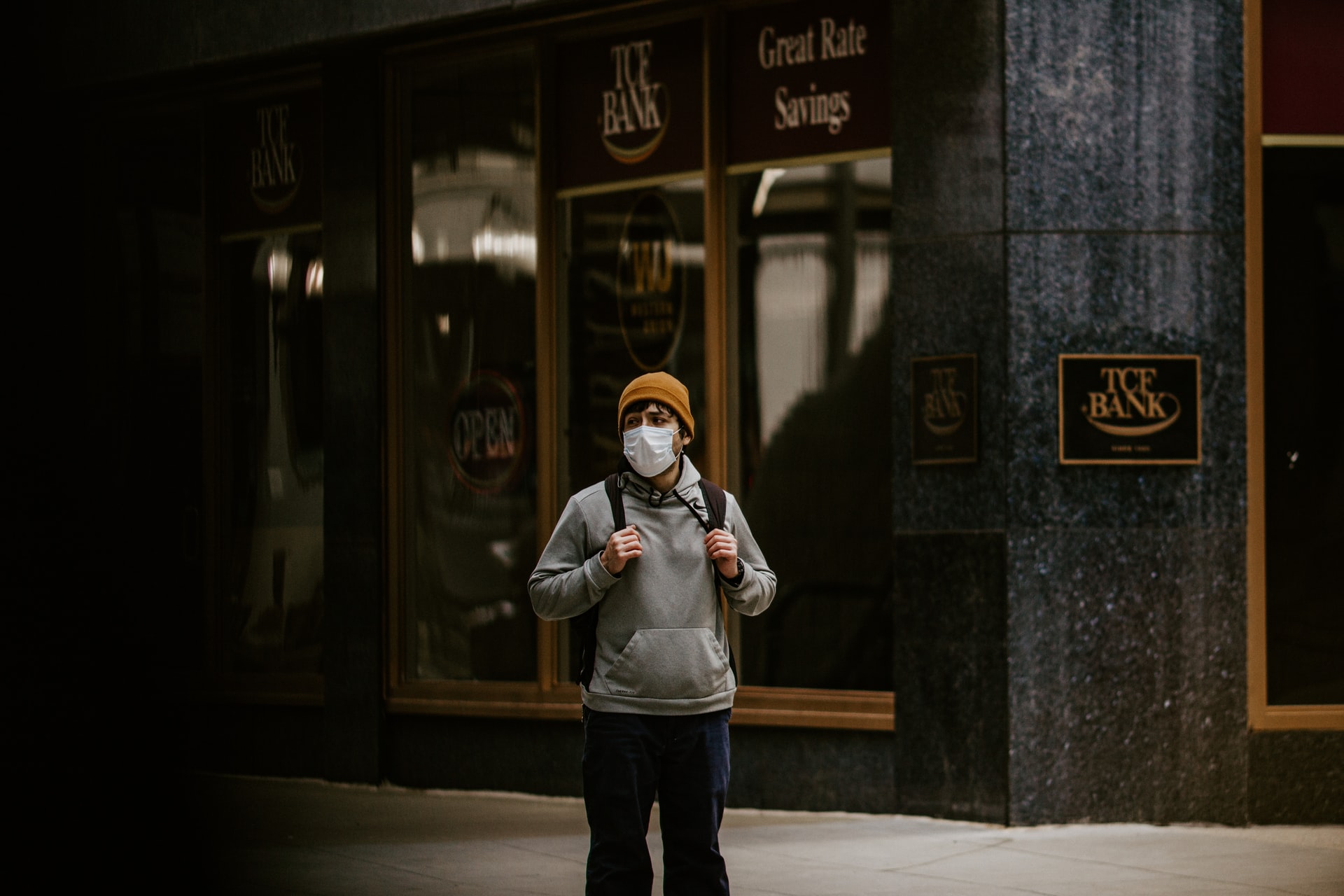Why We Need to Talk About Climate Change Refugees
The term refugee is usually associated with victims of political or religious persecution. According to Article 1(A)(2) of the 1951 Convention on the Status of Refugees, a refugee is “an individual who is outside his or her country of nationality…who is unable or unwilling to return due to a well-founded fear of persecution based on his or her race, religion, nationality, or member of a particular social group or political opinion…”
They are usually the worst affected in times of conflict and more often than not, refugees find themselves displaced, and having to seek safe haven in another country.
There can, however, also be internal refugees as is often the case following the aftermath of a natural disaster. The recent Australian bushfires provide an instance where thousands were evacuated from their homes and are now ‘internally displaced’. The cause of the bushfires has been attributed to climate change. In the case of Australia though, it may not necessarily witness the mass exodus of citizens as was the scenario for Syrian migrants who were fleeing armed conflict. Climate change and its associated impact can wreak irreversible damages and its magnitude must be grasped to better prepare for events that will likely begin to become more commonplace in the not too distant future.
Some Regions at More Risk than Others
South Asia faces the grim reality of higher temperatures and erratic precipitation patterns. As a result, there are certain areas now identified as ‘hotspots.’ Considering the region’s dense population, it is estimated some 800 million people are currently dwelling in areas likely to become hotspots. While efforts are underway to curb emissions and reverse some of the damage already done, this figure represents a massive demographic that is actually living on the equivalent of a seismic fault line.

Dr. Frank-Jürgen Richter
The South Asian region, together with Sub-Saharan Africa and Latin America, constitute about 55 percent of the global developing economies’ population. In a recent World Bank report, it was highlighted that climate change would lead to the internal displacement of over 143 million people by 2050 should governments and their citizens not initiate and implement concrete plans towards arresting this calamitous threat. The report also suggested there will be migration, ‘from less viable areas with lower water availability and crop productivity and from areas affected by rising sea level and storm surges.’ It further added that, ‘The poorest and most climate vulnerable areas will be hardest hit.’
India’s Recent Refugee Quagmire… And the Climate
In December 2019, India enacted its controversial Citizenship Amendment Act. It was met with mixed responses, with there even being an outbreak of violent clashes. These were mainly on account of large sections of its population disagreeing with the government, most notably in its eastern state of Assam. The underlying reason for discontent was the unchecked influx of migrants from neighboring Bangladesh. However, one key facet that has been in the spotlight yet is the fact that Bangladeshi migrants infiltrating into India may become a greater problem to address in the future; not due to political or religious persecution as is commonly perceived but because of climate change. Coastal Bangladesh’s topography indicates it is already low lying and with rising sea levels, it is perhaps only a matter of time before areas closer to the sea are submerged, leaving its inhabitants with nowhere to go and seek refuge in India.
Yet again, this highlights the importance of collaboration, where both countries must jointly work towards addressing their shared problems and prevent a massive climate change refugee situation which is only a matter of time.
A Solution Seems Elusive
The island nations of Tuvalu, Kiribati and the Maldives are faced with the greatest risk. These nations are in serious peril and rising sea levels are spelling impending doom. Experts suggest they could be completely submerged in only as little as three decades. While developed economies could perhaps assist these imperiled island states, the rising trend of populism and protectionism seem to convey that a collaborative solution is far from being conceived and implemented.
In 2013, former President of Kiribati, Anote Tong, sounded the death knell for his nation when he stated, ‘For our people to survive, they will have to migrate. Either we can wait for the time when we have to move people en masse or we can prepare them – beginning from now…’
Even if successful migration happens, displaced citizens often find themselves faced with the same misery and uncertainty as refugees fleeing conflict or persecution. However, while the latter segment is afforded legal protection, the former is left with no legal recourse. This is because the Convention on the Status of Refugees does not recognize climate change refugees. In a rather alarming insight, there are some 21.5 million people who abandon their homes and seek refuge elsewhere due to abrupt climate change hazards each year. To put this into perspective, this figure is just shy of Australia’s total population.
We need united action, and it needs to happen now.
Featured Photo by Adrien Taylor: “While filming a climate change documentary called Thirty Million for the United Nations, I was blown away by the beauty of the Bangladeshi people — both in their character and appearance. The people we met were hospitable, pragmatic, and had an incredible strength in dealing with the threat climate change poses to their fragile land. Bangladesh faces losing 18% of its land, displacing thirty million people, with one metre sea-level rise. To me, the expression on this coastal girl’s face captures the seriousness of the predicament she and her people are in”.



